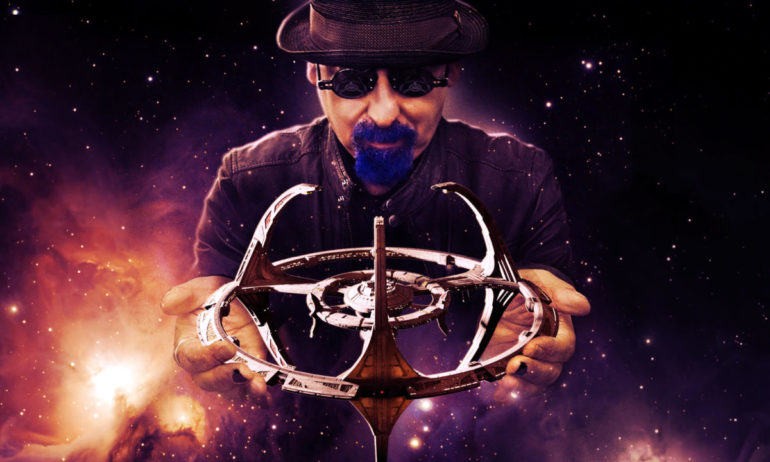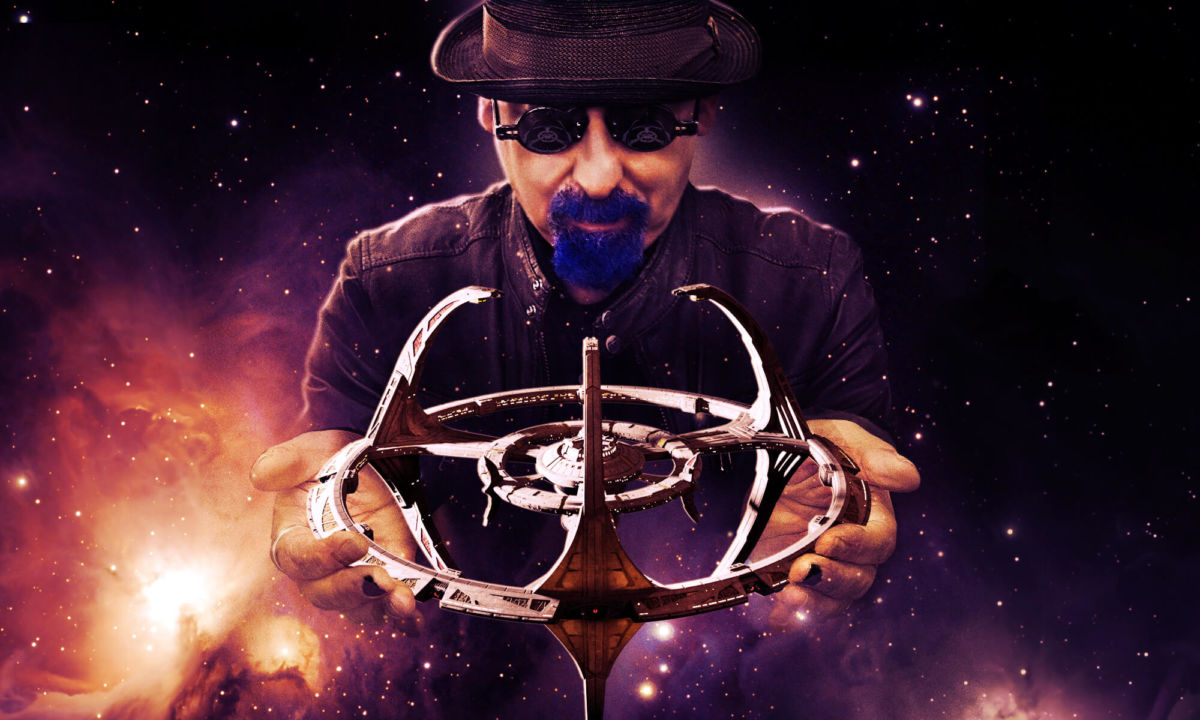Deep Space Nine is often viewed as the black sheep of the Star Trek family, because it takes place aboard a space station instead of following the crew of a starship as they explore the galaxy looking for new life and new civilizations. Having said that, the show has still amassed a huge following among Star Trek fans, which no doubt led to the fascinating and insightful new documentary called What We Left Behind: Looking Back at Star Trek: Deep Space Nine.
As if they wanted to rub it in your face that this will be no ordinary documentary, What We Left Behind opens with an extended musical number about the history of the show, which is likely to leave fans in hysterics. This sequence also sets the tone for the rest of the film. Although What We Left Behind does touch upon serious issues, its main purpose is to explore the history of one of TV’s most popular science-fiction programs, and to make you laugh at the same time.
Ira Steven Behr, who served as the original showrunner of Deep Space Nine, appears as the main narrator and host of the documentary, and with his purple beard and even more colorful personality, he alone makes the film worth watching. Fans will be pleased to know that most of the regular cast and crew were also interviewed, although Avery Brooks, who played protagonist Captain Benjamin Sisko, was barely featured. He may not have been keen to participate, but many of the other cast members offer amusing anecdotes about their time on set with Brooks, so his presence was still strongly felt.
Star Trek has never shied away from touching on serious socio-political themes, and Deep Space Nine was no exception. The series included storylines which touched upon everything from race to religion, with the writers and producers feeling that even though the show takes place centuries from now in outer space, its themes were still largely relevant to today’s society. One particular episode which is examined in detail in What We Left Behind is Far Beyond the Stars, which took place primarily in the 1950s, and starred Brooks as a struggling African-American science-fiction writer who faces racial discrimination, something which has always plagued humanity.
To drive this point home, the film features news footage of real-life racial violence, and also shows a clip of the current President of the United States saying that there were “fine people on both sides” when talking about the Charlottesville Unite the Right rally. Humanity clearly has a long way to go before Star Trek becomes a reality.
Another particularly powerful topic explored is how the Ferengi Nog losing his leg in the show resonated with real life veterans who suffered injuries in combat. Several veterans were interviewed, who admitted that the way Nog adapts to life after his injury reminded them of their own experiences, and they were grateful for this being depicted in a respectful manner.
As well as exploring serious issues, one of the biggest selling points of What We Left Behind is that it features the writers of Deep Space Nine discussing what would have happened during the show’s planned eighth season. There are even animated sequences interspersed here and there depicting their vision for the first episode of the unmade season, which would have been the 177th overall episode of Deep Space Nine. While these sections are somewhat distracting from the rest of the film, which focused on the history of the series, they still offer a fascinating insight for fans into the season that never was.
Surprisingly, Trials and Tribble-ations, which is quite possibly the most famous episode of Deep Space Nine, is only mentioned briefly during the end credits, with Behr saying that they had to cut all the footage they filmed about the episode from the final film, but promising that it would be included on the DVD extras. Some screenings of What We Left Behind also include a bonus roundtable discussion between the writers and producers of Deep Space Nine after the film ends, although they only really talked about the process of converting clips from the show from standard definition to HD. If you’re not really into technical details, you probably won’t want to stay for this, but otherwise, it is quite an interesting discussion. Especially since Deep Space Nine will probably never be fully converted to HD, so the clips throughout the documentary are probably the only time we will ever see footage from the show in high definition.
Regardless of whether you feel Deep Space Nine was a betrayal of the Star Trek formula or the strongest entry in the franchise, there’s no denying that What We Left Behind: Looking Back at Star Trek: Deep Space Nine is the documentary the show deserves. Star Trek fans are in for 116 minutes of deep space heaven.
Some of the coverage you find on Cultured Vultures contains affiliate links, which provide us with small commissions based on purchases made from visiting our site.


